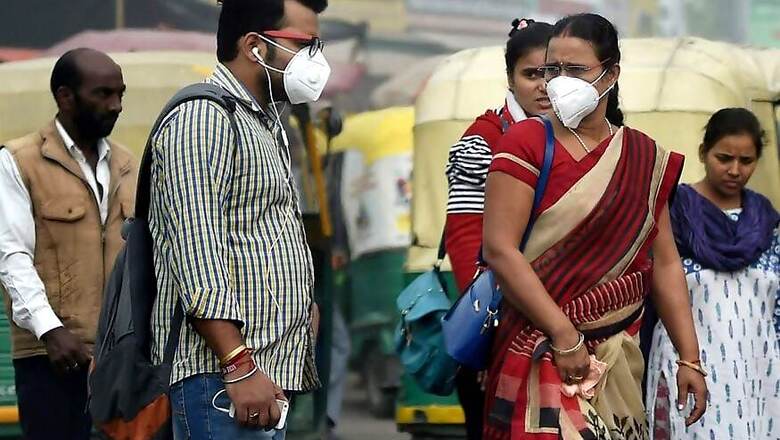
views
New Delhi: The Central Pollution Control Board (CPCB) on Friday told the Supreme Court that despite the ban on sale of crackers in Delhi-NCR, air quality worsened in the national capital due to fireworks during Diwali last year.
A report submitted to the apex court said that as per a study carried out before and after Diwali, specific ill-effects of firecrackers couldn't be substantiated and a long-term study would be required.
The short-term study was conducted by experts entrusted by the CPCB at the time when sale of firecrackers was banned in Delhi-NCR by the top court from October 9.
It said that both PM 10 and PM 2.5 increased 2-3.5 fold on Diwali day in comparison to seven days before the festival.
The top pollution monitoring body told a bench comprising justices A K Sikri and Ashok Bhushan that in pursuance to the apex court order of September 12 last year, a study titled "Health Impact Assessment of Firecrackers Bursting during Dussehra and Diwali" was carried out.
The top court had last year constituted a committee, to be chaired by the chairperson of the CPCB, to conduct a research on the impact of the firecrackers during the festive season of Dussehra and Diwali on the health of people and submit a report by December 31.
It said that on Diwali, sulphur dioxide and nitrogen dioxide level remained almost within prescribed limit.
"Air quality did worsen during Diwali and symptoms of eye itching, increased coughing, relatively more hospital visits, increased noise levels and high metals in urine do reflect adverse impact of fire cracker bursting. However, it was not significant statistically.
"A long-term study would be required to assess long-term health impacts of firecracker bursting," the CPCB report said.
The pollution monitoring body said that although there was some increase in cough and breathlessness, but this did not translate into any significant illness requiring immediate medical attention.
Other system related complaints were also not much different during pre and post Dussehra and Diwali, it said.
"There was evidence of increased values of barium and strontium in urine samples of many subjects. These are some of the metals used in fire cracker manufacturing.
"Increased levels in urine do reflect a probability of exposure. However, all other elements are not increased to substantiate the effect of bursting of crackers. It is also possible that the individuals were exposed due to bursting of firecrackers directly or indirectly in their locality," the CPCB said.
The top court had earlier taken the CPCB to task for not conducting any study on the harmful effects of materials used in the manufacture of firecrackers despite its directions, saying it was "really disturbed".
It had termed as "astonishing" that the board has not conducted a study or prepared a report on this aspect and said that government authorities have paid "very little or no attention" to the possible health hazards faced by children due to exposure to such chemicals.
The apex court had on October 9 last year said that no firecrackers would be sold in the Delhi-NCR during Diwali while banning its sale till November 1, 2017.
It had said that its earlier order, temporarily lifting the stay and permitting the sale of firecrackers, would be made effective only from November 1.
The apex court, in its October 9 order, had said the November 11, 2016 order suspending licences for sale of fireworks "should be given one chance to test itself" to see whether it had a positive effect, particularly during Diwali.
On September 12 this year, the top court had temporarily lifted its order suspending the permanent licences for sale of firecrackers in NCR, saying a complete ban would be an "extreme step" and a graded approach was needed to curb pollution caused by them.
The court, in its last year's direction, had suspended all licenses which permits sale of fireworks, wholesale and retail within the territory of NCR till further orders.










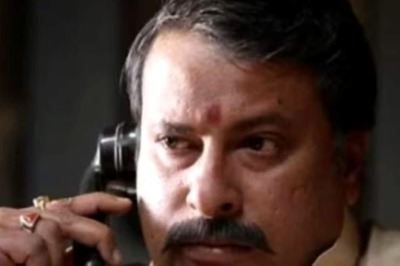

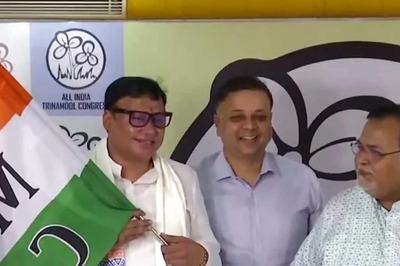


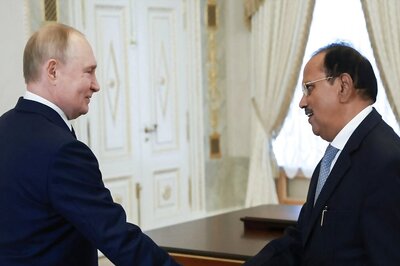



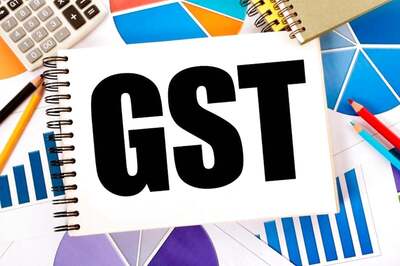
Comments
0 comment